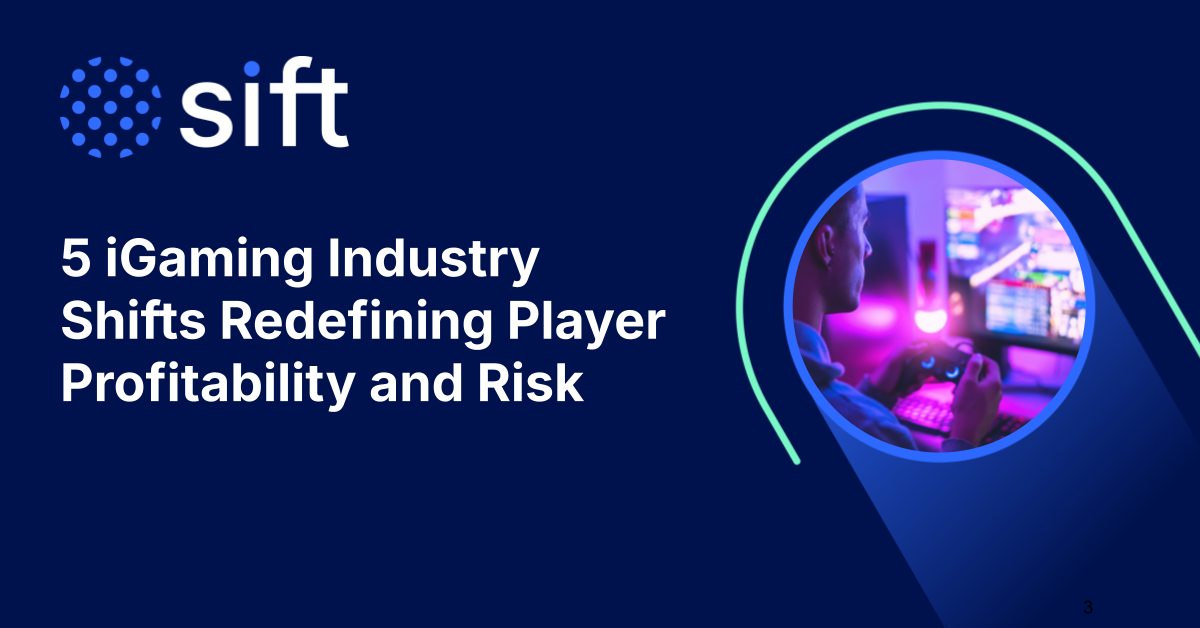Artificial intelligence (AI) and machine learning (ML) have become indispensable tools in the field of online fraud prevention. While these terms are often used interchangeably, they represent distinct concepts with unique applications in safeguarding businesses from fraudulent activities. To effectively leverage the power of AI and ML in your fraud prevention strategy, it’s essential to understand the differences in how they work.
What is artificial intelligence?
Artificial intelligence refers to computer systems that can perform tasks typically requiring human intelligence. AI algorithms are designed to mimic human cognitive processes, such as learning, problem-solving, and decision-making. In the context of fraud prevention, AI excels at analyzing significant volumes of data, identifying patterns, and detecting anomalies that may indicate fraudulent behavior.
AI employs various techniques to combat fraud, including:
- Natural language processing (NLP): AI algorithms can analyze text-based communications, such as emails or chat logs, to identify deceptive language, phishing attempts, or the social engineering tactics commonly used by fraudsters.
- Image and video analysis: Advanced AI systems can detect manipulated content, such as deepfakes or altered images, which are increasingly used in sophisticated fraud schemes.
- Anomaly detection: By learning from historical data and user behavior patterns, AI can flag unusual activities or transactions that deviate from the norm, potentially indicating fraudulent intent.
What is machine learning?
Machine learning, a subset of AI, focuses on the development of algorithms that learn and improve their performance over time without being explicitly programmed. ML algorithms are trained on vast datasets, allowing them to identify complex patterns, make predictions, and adapt to evolving fraud tactics.
There are three primary types of machine learning:
- Supervised learning: In this approach, ML algorithms are trained on labeled datasets, where each data point is associated with a known outcome. The algorithm learns to map input data to the correct output, enabling it to make accurate predictions on new, unseen data.
- Unsupervised learning: Unsupervised learning involves training algorithms on unlabeled data, allowing them to discover hidden patterns and structures independently. This approach is particularly useful in detecting novel fraud schemes that may not fit into predefined categories.
- Reinforcement learning: Reinforcement learning algorithms learn through trial and error, receiving rewards or penalties based on their actions. This approach enables the algorithm to learn optimal strategies for preventing fraud by continuously adapting to the evolving tactics of fraudsters.
Each type of ML has its own use cases, strengths, and weaknesses, and the choice of which type to use depends on the specific threat you want to mitigate. Supervised learning can identify new fraud based on historical patterns. Unsupervised learning quickly uncovers unusual patterns that may indicate fraud, even without explicit labels. Reinforcement learning enables systems to adapt to new tactics. Algorithms can refine their strategies based on feedback from past interactions with fraudsters and the effectiveness of countermeasures.
Why is AI/ML important?
AI and ML empower businesses to solve complex problems while maintaining high levels of customer and employee satisfaction. Here are some of the key elements of AI/ML that make it effective:
- Frictionless security: AI/ML solutions that improve the customer experience and prevent fraud let you protect your reputation and increase long-term revenue. By accurately identifying and preventing fraud in real-time, AI and ML minimize friction for legitimate customers, reducing false declines and ensuring a smooth, trustworthy user experience. And with U.S. consumers losing more than $10 billion in 2023, your customers will appreciate that you take their financial security seriously.
- Task automation: By automating repetitive tasks and providing real-time insights, AI and ML streamline fraud detection processes, allowing human experts to focus on more complex cases and strategic initiatives.
- Improved accuracy: ML algorithms are designed to analyze terabytes of data and uncover subtle patterns and correlations that may be missed by manual review. This heightened accuracy reduces false positives and ensures that genuine transactions are not flagged as fraudulent.
- Improved personalization: Training on customer data allows AI and ML to develop personalized experiences for customers. The systems can remember user inputs and tailor each customer’s journey to their unique preferences, building stronger customer loyalty and encouraging repeat business.
- Current and integrated: Fraudsters continuously evolve their tactics to evade detection. AI and ML algorithms can quickly adapt to new fraud patterns, keeping your fraud prevention defenses up-to-date and integrated with your other solutions and ensuring that your business stays one step ahead of bad actors.
- Cost-effective: AI/ML can prevent fraud before it starts, allowing you to reduce the risk of financial losses. By preventing fraudulent activities in real-time, AI/ML reduces the need for manual intervention and minimizes expenses associated with fraud investigation and resolution.
- Scalability and competitive advantage: As businesses grow and expand into new markets, AI and ML-powered fraud prevention solutions can scale seamlessly, accommodating increased transaction volumes and diverse customer behaviors.
How to use AI/ML in fraud prevention
AI and ML have been embraced by the online risk industry, largely for their ability to adapt to threats faster than conventional fraud prevention methods. There are many ways to use AI for fraud detection, but how can AI and ML prevent it from happening in the first place? There are three major ways this occurs:
- Predictive analytics: AI models can predict the likelihood of fraud based on historical data, user behavior, and contextual information. These models can proactively identify high-risk transactions and prevent fraud before it happens. Plus, the more data they are given to train on, the more effective AI is at predicting and preventing fraud.
- Anomaly detection: ML algorithms continuously monitor transaction patterns and user behavior, flagging any deviations from the norm. This enables rapid detection and response to emerging fraud threats.
- Surface deep signals and complete insights: Advanced AI algorithms trained on deep, diverse data and fine-tuned over many years can uncover hidden patterns, trends, and correlations within large datasets. These insights provide a comprehensive understanding of fraud risks, strengthening targeted prevention strategies.
Strengthening your fraud prevention strategy with Sift
In today’s fast-moving digital landscape, a robust and adaptive fraud prevention strategy is essential for business growth and customer trust. Sift’s cutting-edge fraud prevention platform harnesses the power of AI and ML to provide real-time risk assessment, predictive analytics, and seamless integration with your existing systems.
By leveraging Sift’s expertise and advanced technologies, you can:
- Stay ahead of evolving fraud tactics
- Reduce manual review and optimize resources
- Enhance customer experience and build trust
- Expand confidently into new markets
Sift can revolutionize your fraud prevention efforts and unlock new opportunities for your business. Explore our comprehensive solutions and join the ranks of industry leaders who trust Sift to safeguard their operations and drive growth. Learn more about the Sift Platform.







